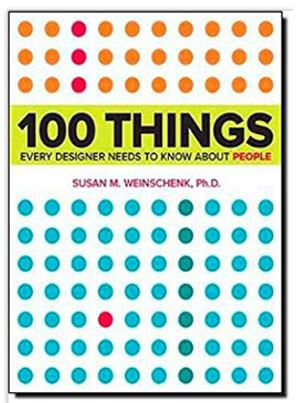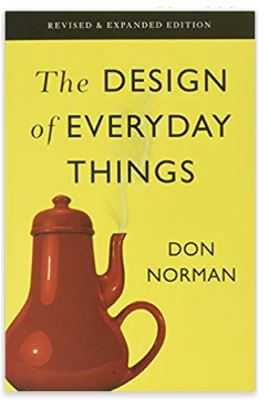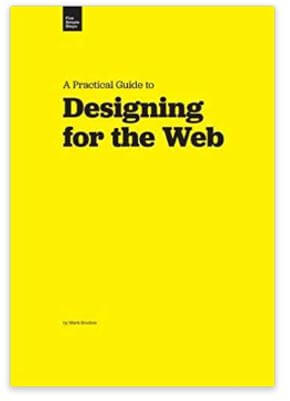Product Designer
Maggie
-
"People ignore design that ignores people. Our job is to humanize technology."

Maggie The Observer
People are fascinating. Just 42 facial muscles create a multitude of emotional expressions. People react differently to different situations. To the same situations. People just, react. What I do as a User Interaction and Experience Designer is to observe those reactions and find the trigger, to burrow all the way down to the design intent if need be, and often, just do a little tweak to get the right reaction I want.
-
Maggie's Role
As a web, visual and now a UI/UX designer, my job is not just about aesthetics, but about optimizing every single interaction the user has and understanding what it means to be a human. At Titansoft, I work with my team to mix the right balance of logic into the pot of creativity to make a perfect recipe of user experience.
-
Emergent Leadership
Emergent leadership is about taking the initiative to correct that one misaligned pixel. To take a step back when someone else has an idea to improve site navigation. At Titansoft, everyone in the team is the leader. We all do whatever matters most. To take charge or to step down.
Leadership is not a position, it is an action.
Reading List
-

100 Things Every Designer Needs To Know About People
We have different cognitive biases about people, and this book aligns our expectations to how humans actually interact, think and behave. To be a good user experience designer, having empathy with our users is essential and we can start by understanding human behaviour in general. A book with very visually-appealing content, it combines psychology concepts with practical advice on applying principles introduced in each section to real-world designing. Diving into the world of thinking and decision making, it is worth a read even for non-designers!
-

The Design of Everyday Things
Any new designer should definitely start here! This is a classic primer and one of the most influential book on human-centred design written by the pioneer in the field. It investigates failure of design and brings the reader though the intangible disciplines of user interface and process design. Some of the examples in the book might be dated, especially the earlier editions (it was first published more than 25 years ago after all) but the principles they illustrate are still accurate and useful. What makes this book stand out is in taking a fresh look at everyday objects and Norman's stance that “it's not your fault you can't figure something out, it's the designer's” – every designer needs to hear that!
-

A Practical Guide to Designing for the Web
This book is about designing for the web, going deep into core elements of graphic design including research, typography, colour and layout. Especially suitable for designers who are just getting started and do not come from an art background, this provides a good overview and introduction to visual design fundamentals of which to dive into.
-

Project Management for Humans
Pretty much what the title describes, this book highlights big concepts about working effectively in project teams, communicating with the team and clients, on team dynamics, managing expectations and addressing difficult conversations. A large part of our day-to-day work takes place with a team, and learning to balance project needs with human foibles allows the team to function more effectively. Apply what you learn from this book to your daily interactions!



